August 15, 2047: India at 100--an Indispensable Country
By year 2047, I predict a globalized Indian economy buoyed by a vastly improved infrastructure, an integrated national market, and an expanding manufacturing sector that would draw rural masses to its vibrant metropolis and would provide them with a better life by reducing the crushing burden of poverty that had plagued them forever.
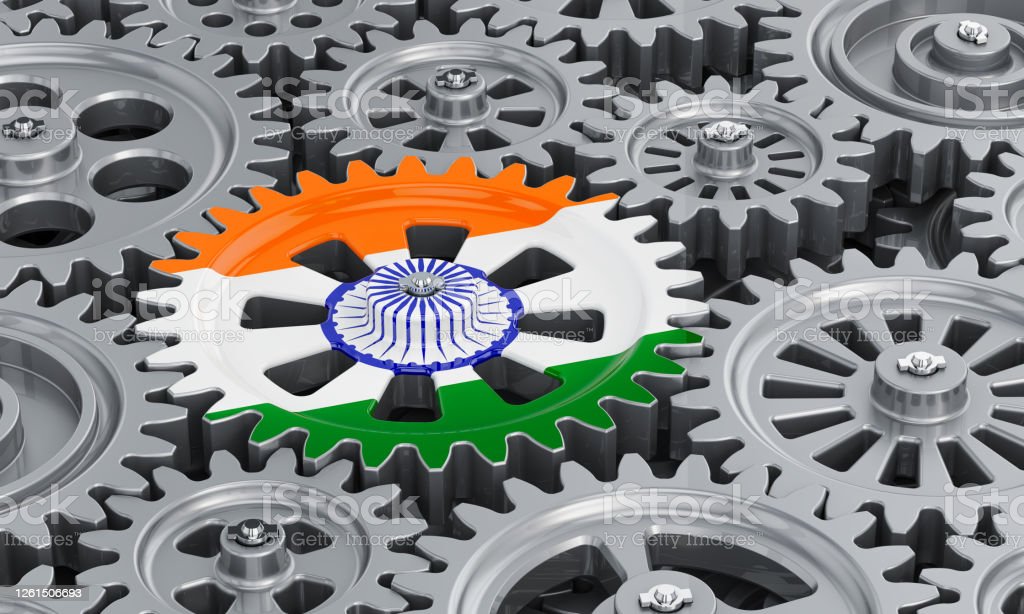 Indian flag on the gearwheel, business industrial concept. 3D rendering / Unsplash
Indian flag on the gearwheel, business industrial concept. 3D rendering / Unsplash
In his first Independence Day speech, “A Tryst with Destiny,” at the midnight hour on August 15, 2047, India’s first Prime Minister Jawaharlal Nehru famously asked his fellow citizens: “Whither do we go and what shall be our endeavor? To bring freedom and opportunity to the common man to build up a prosperous, democratic and progressive nation, and to...ensure justice and fullness of life to every man and woman.”
As I ponder on what would the Prime Minister of India say from the ramparts of the Red Fort on August 15, 2047 at the completion of India’s first hundred years as a free and independent nation, he or she would say that we have traveled far, wide and long from the day when Pandit Nehru gave his now famous speech with ceiling fans furiously circling overhead in the parliament building before a rapt audience of fellow freedom fighters. At the time of independence, however, imperialists in the UK and elsewhere were quick to warn that an Independent India would not survive long.
During the fifties and sixties, there was no shortage of observers at home and abroad who ominously predicted that the country would soon disintegrate. It appeared that the whole idea of an Indian democratic republic might unravel. There were even fears of national disintegration. American political scientist Selig Harrison raised concerns of the country’s balkanization in a book called, India--the Most Dangerous Decades (1964). The Nobel laureate novelist, V. S. Naipaul even called it “an area of darkness,” and wrote it off.
During those difficult early years and for decades the country was characterized by scarcity, shortages, and prohibitions. Among other things, it was suffering from perennial food shortages. Food ministers would go abroad with their hands out looking for food aid. The same was true of nearly all critical commodities. Cement was in short supply, too. It would take years before you would get a telephone or a car, and that too you would have to bribe the officials. There was a shortage of foreign exchange. You need a license to import anything and everything. The large inefficient public sector companies monopolized important sectors of the economy such as banking, insurance, steel, cement among others where bureaucrats reigned supreme.
For the rest of the economy, it was a “license-permit” Raj, as Rajaji, one of India’s wise old men, put it. One would need permission from the Big Brother government to do any kind of commercial activity. Even day-to-day life was full of all sorts of prohibitions. Old men ruled the country, among them Jawaharlal Nehru, the venerated Prime Minister, who was on his last leg. Betrayed by the Chinese “brothers” who invaded India in October 1962, he was a beaten and defeated man and did not last long after that.
The rest of the crowd was largely corrupt provincial politicians who did not have Nehru’s stature at home or abroad. Arrogant senior civil servants as well as petty bureaucrats were indifferent to the misery of the common man. Despite all this foreboding, India has survived as a largely secular, liberal democracy while many countries that got their independence just about the same time have descended into periodic dictatorships, military rules, or worse, chaos. By year 2047, I predict a globalized Indian economy buoyed by a vastly improved infrastructure, an integrated national market, and an expanding manufacturing sector that would draw rural masses to its vibrant metropolis and would provide them with a better life by reducing the crushing burden of poverty that had plagued them forever.
However, I also see two danger signs.
First, thirty years from now, I see India most likely facing massive challenges of environmental degradation and air pollution unless drastic measures are taken now to protect the environment and curb pollution. Presently, a large number of the world’s most polluted cities are in India--nine out of twentyfive.
Second, its demographic dividend- -the largest pool of young people ready to work in the world--could become a major liability if the economy does not produce enough jobs. This would require energy self-sufficiency and an aggressive expansion of an export-based manufacturing sector that could absorb the new entrants to the job market.
Such an expanding economy needs a skilled workforce. Unfortunately, the present Indian education system has failed to train the masses of workers, especially women, in the needed basic skills of reading, writing and arithmetic. If this expanding workforce--a million or more a month--is not gainfully employed, then I see India failing to achieve its full potential.
Still, I remain optimistic.
As I look ahead at the end of the first century of its independence, India would have remained a free and integrated democratic country despite its continental size and myriad of differences among its widely varied people. From a timid, diffident, and hesitant nation of 1947, it has already emerged into an assertive, even aggressive, behemoth.
Indian corporations stride triumphantly across the world, while smart Indians abroad dazzle their host communities. The massive Indian middle class is already thriving in relative prosperity, harvesting the fruits of globalization and improved communication. I see young Indians, especially young women, charting their future with great confidence. With all this India, already the most populous, will also be an indispensable country in the world.
ADVERTISEMENT
ADVERTISEMENT
E Paper
Video




 Natwar Gandhi
Natwar Gandhi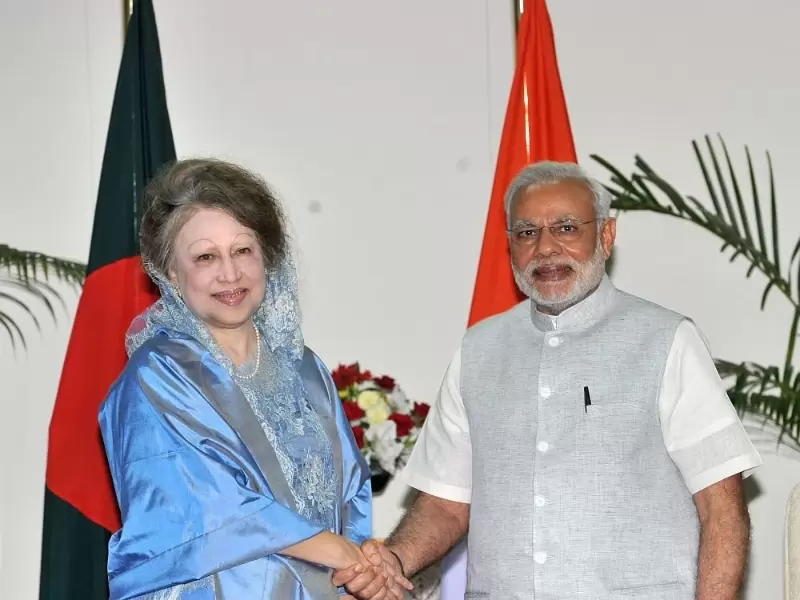
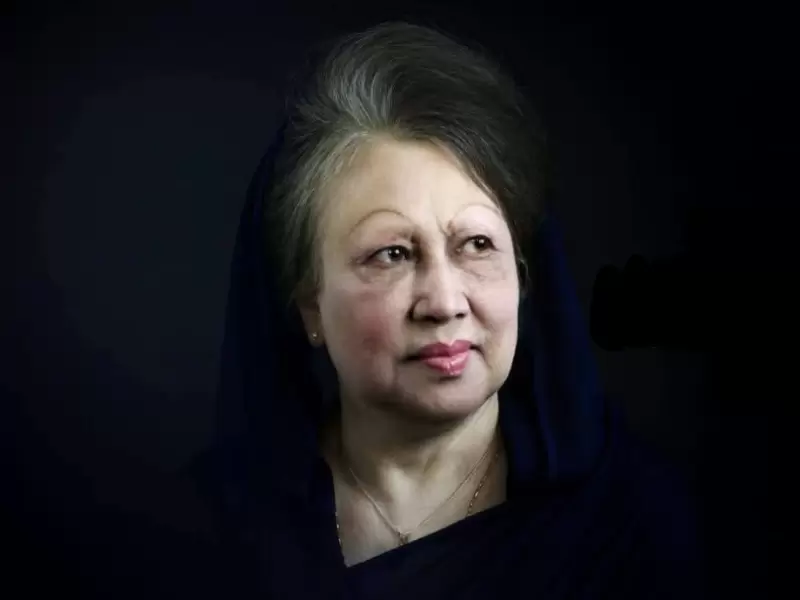
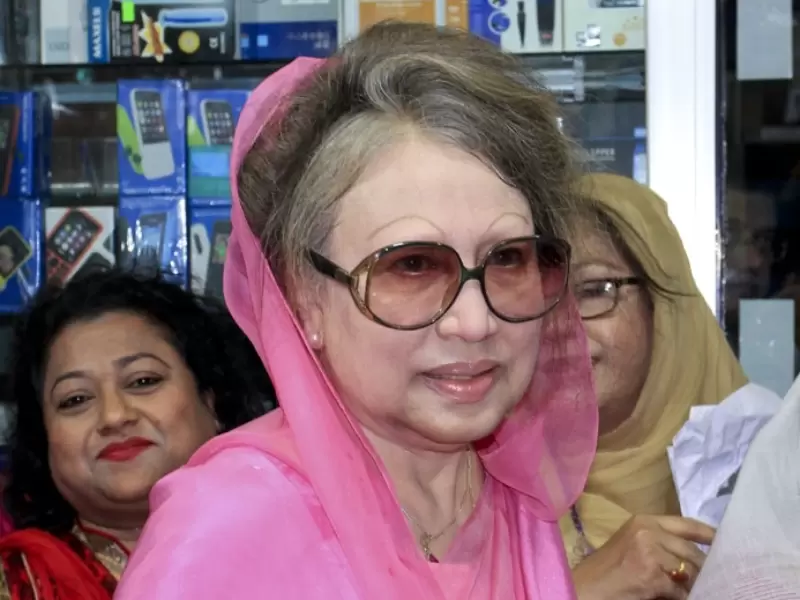





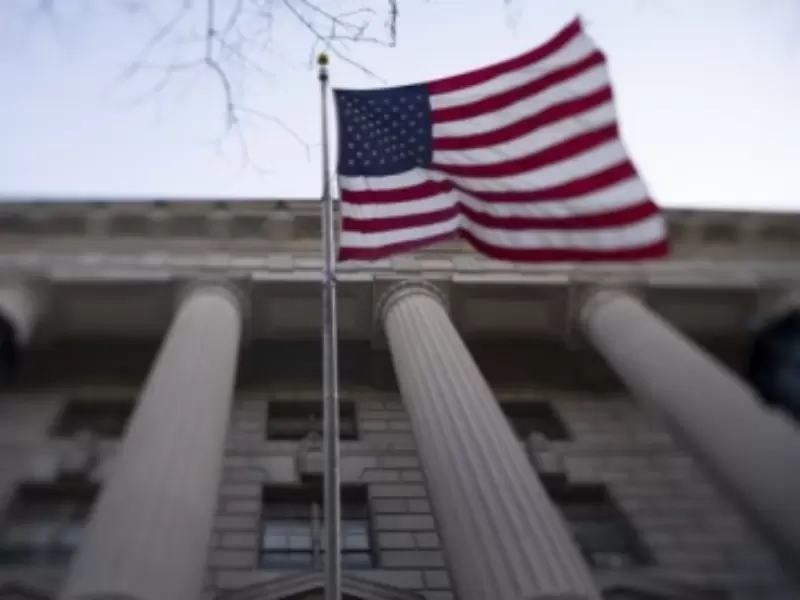
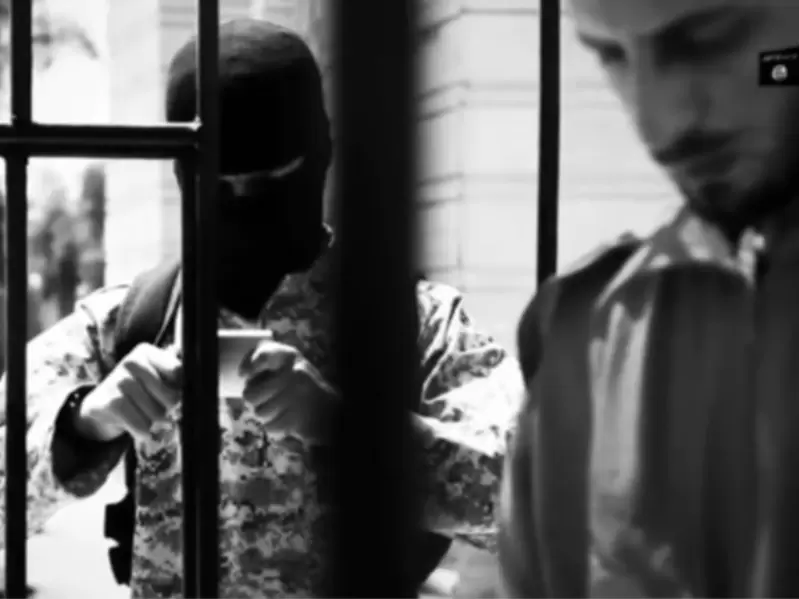

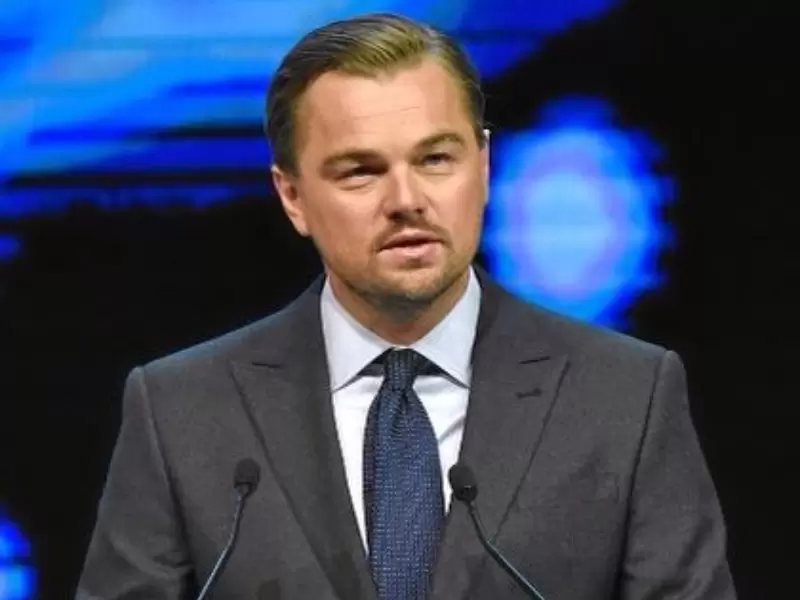

Comments
Start the conversation
Become a member of New India Abroad to start commenting.
Sign Up Now
Already have an account? Login